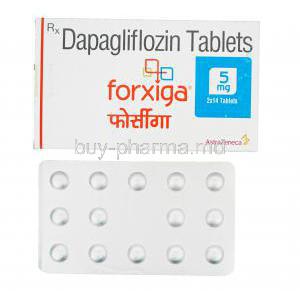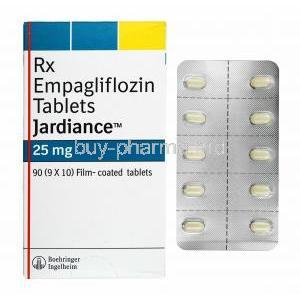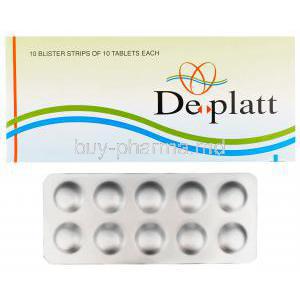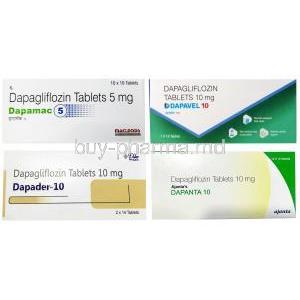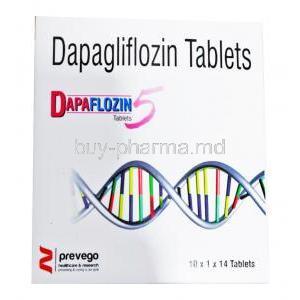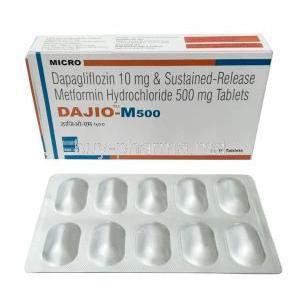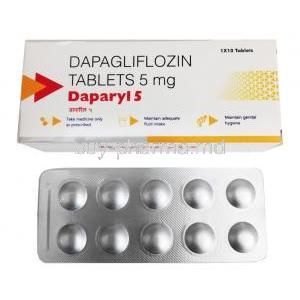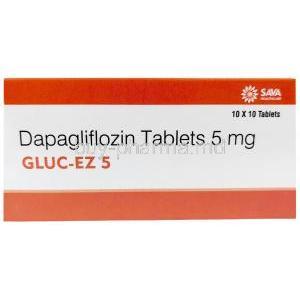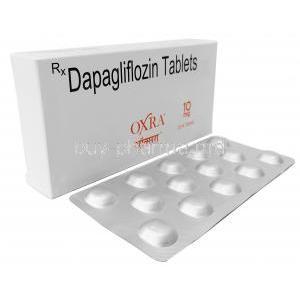Feracrylum Gel/ Injection
- Introduction
- Uses of Feracrylum Gel/Injection
- How Feracrylum Works
- Dosage and Administration
- Composition of Feracrylum Gel/Injection
- Side Effects of Feracrylum
- Interaction with Other Medications and Substances
- Warnings and Contraindications
- Careful Administration and Important Precautions
- Special Population Concerns
- Overdosage and Handling Precautions
- Storage Recommendations
Introduction
Feracrylum is a substance that may not be well known, but it has proven effective and deserves a thorough discussion. Created initially as a polymer, it is used topically to stop bleeding and promote wound healing. In this article, we will delve into the uses of Feracrylum, including its application, in clinical settings and surgeries. We will also explore its properties, potential side effects, and other essential characteristics.
Uses of Feracrylum Gel/Injection
Considering the range of practical applications for Feracrylum in clinical settings, it is crucial to understand its primary uses:
- Standard Clinical Uses: Wound Management and Hemostasis
- Feracrylum serves as a helpful addition in wound management by effectively controlling bleeding from capillaries, veins, and small arteries.
- Surgical Applications
- The surgical field can significantly benefit from Feracrylum as it helps reduce bleeding during surgery. This not only provides surgeons with a clear view but also saves time.
- Burns and Skin Injuries
- Besides its usage in surgery, Feracrylum is also effective in treating burns and other superficial skin injuries. Its antiseptic properties help prevent infections.
- First Aid in Trauma Cases
- Due to its hemostatic action, Feracrylum has become increasingly incorporated into first aid protocols for trauma cases.
- Off-Label Uses: Exploring Alternative Applications
- Although not officially approved for purposes, some unconventional uses of Feracrylum include treating oral ulcers and certain dermatological conditions. This expands the scope of its benefits.
How Feracrylum Works
To understand how Feracrylum works, we need to explore its cellular interactions.
- Feracrylum has a mechanism of action: ion exchange hemostasis and microprecipitation.
- The ion exchange process quickly adheres to the charged surfaces of red blood cells, promoting clot formation.
- When it comes to interacting with blood and tissue, Feracrylum demonstrates compatibility with biological tissues.
- Unlike hemostatic agents, it doesn't trigger an immune response, making it a preferred choice in various clinical scenarios.
- In addition to its hemostatic effects, Feracrylum also possesses qualities that aid in wound healing.
- It helps accelerate the processes of granulation and epithelialization, thereby expediting healing.
Dosage and Administration
When dosing drugs, it's vital to take an approach due to the various conditions that may require Feracrylum treatment.
- The dosage details depend on factors such as the severity of the condition and the specific form of the drug being used. Different situations call for recommended dosages. While general guidelines suggest topical gel for wounds, more severe cases like surgical bleeding may require injections. The dosages can range from applying 1% to 4% gel for damages and opting for injections with a higher concentration for surgical interventions.
- Choosing between using a gel or an injection depends on weighing the pros and cons based on the specific condition being treated. Gels are typically utilized for surface-level wounds, while injections are primarily reserved for severe bleeding.
- Regarding administration, following step-by-step guidelines and adhering to aseptic procedures is crucial. For gel application, clean the wound thoroughly before applying a layer of Feracrylum. If injections are required, follow either intramuscular route as medical professionals advise.
Composition of Feracrylum Gel/Injection
Feracrylum is an example of the innovative work done in pharmaceuticals.
- It's essential to understand all the active and inactive components that contribute to its effectiveness as a treatment. When it comes to ingredients, Feracrylum contains vital elements like ferric ions that play a crucial role in its ability to stop bleeding. In addition, it also includes components such as stabilizers and preservatives that help extend its shelf life.
- The chemical structure of Feracrylum is carefully designed, ensuring its stability when stored for more extended periods under proper conditions. This means it can maintain its efficacy over time.
- Feracrylum is available in forms, each specifically designed for different therapeutic purposes. This includes the active ingredients and other substances that aid in delivering the medication effectively and keeping it stable.
Side Effects of Feracrylum
While Feracrylum is generally considered safe and effective, it's important to note that some side effects can be associated with its use. These adverse reactions can range from irritations to more severe conditions, although these are pretty rare.
- Common Side Effects: What to Expect
- You may sometimes experience irritation or a transient burning sensation when applying Feracrylum topically. However, these symptoms are usually temporary. Will resolve on their own.
- Serious Side Effects
- Although extremely uncommon, there is a possibility of allergic reactions, like anaphylaxis, occurring. If this happens, immediate medical attention should be sought.
- Long-Term Effects and Monitoring
- Since Feracrylum primarily acts locally, the likelihood of side effects is reduced. Nevertheless, monitoring long-term use is still essential to identify any latent adverse reactions.

Interaction with Other Medications and Substances
Like any medication, Feracrylum doesn't exist in isolation. It interacts with substances, so it's essential to be cautious when administering it. Understanding these interactions can help prevent complications.
- Interactions with Other Drugs: When Feracrylum is used with hemostatic agents or anticoagulants, complex interactions may affect the desired therapeutic outcome.
- Considerations for Food and Beverages: While Feracrylums topical and injectable forms may not directly interact with the system, it is still advisable to consult healthcare professionals regarding any potential interactions with food and beverages, especially when using it on the oral mucosa.
- Effects on Laboratory Tests and Diagnostics: Although empirical data is available, Feracrylum might interfere with specific hematology assays. Therefore, caution should be exercised when interpreting lab results after administering this medication.
Warnings and Contraindications
Using Feracrylum responsibly requires us to understand when it may not be the choice. Patient safety is paramount. That means recognizing situations where using Feracrylum might not be advisable or could have adverse effects.
- Instances Where Use Should Be Avoided
- If someone has a hypersensitivity to any components of Feracrylum, they should not use it. Additionally, it is preferable to explore alternative treatments for wounds with tissue necrosis.
- Special Considerations: Elderly, Children, and Pregnant Women
- It's essential to exercise caution when administering Feracrylum to populations like the elderly, children, and pregnant women. We should await clinical data regarding the safety profile in these groups.
- Allergy Potential Anaphylactic Reactions
- While extremely rare, reactions with Feracrylum are possible. Therefore, it's crucial to have appropriate rescue medications readily available during its administration.
Careful Administration and Important Precautions
It is widely acknowledged that preventing a problem is better than dealing with it later. We can avoid potential complications from using Feracrylum by taking a series of precautions. To ensure the effectiveness of the treatment and to prevent any problems.
- It may be necessary to conduct hematology tests and assess the condition of the wound depending on the specific clinical situation.
- Before applying or injecting Feracrylum, it is crucial to ensure the treatment area is clean and free from any substances. Additionally, monitoring for any systemic reactions after treatment can help in early detection of any adverse events.
- It is essential to follow techniques, adhere to proper dosage protocols, and comply with application guidelines to minimize the risk of complications like infections or undesirable drug interactions.
Special Population Concerns
In the field of practice, it's not advisable to have a one-size-fits-all approach when it comes to administering drugs. Different groups of people, like pregnant women and children, have unique challenges and considerations when using Feracrylum.
- Administering Feracrylum to the Elderly: Risks and Benefits The aging population has a variety of existing health conditions. Takes different medications. While Feracrylum can be beneficial for localized treatment, caution is necessary due to interactions and changes in the physiology of aged skin.
- Administering Feracrylum to Pregnant Women and Nursing Mothers: Safety Profile There isn't data available on the potential congenital disabilities or general effects of Feracrylum on pregnant or breastfeeding women. As a result, its use in this demographic should be carefully evaluated by considering both risks and benefits.
- Administering Feracrylum to Children: Precautions When it comes to cases, special attention needs to be given to dosage and how the drug is issued due to children's unique physiological characteristics and pharmacokinetic parameters.
Overdosage and Handling Precautions
When dealing with substances considered safe, like Feracrylum, the possibility of taking too much remains a constant concern. It is crucial to be aware of the signs and understand how to address the issue. Overdose symptoms can vary from localized tissue damage to systemic effects such as unstable blood pressure. To tackle an overdose situation effectively, it is essential to identify it and immediately stop administering Feracrylum. If necessary, providing care and implementing pharmacological interventions are vital next steps. Handling and disposing of Feracrylum with excellent care is essential to prevent overdoses. Adhering strictly to recommended guidelines will help minimize the risk of exposure.

Storage Recommendations
Proper storage is crucial for ensuring the effectiveness of treatment. Factors like temperature, exposure to light, and the container's integrity are essential in maintaining feracrylum properties. To keep Feracrylum potent, storing it in a controlled environment with humidity and temperature to avoid excessive fluctuations is recommended. Although Feracrylum has a shelf life due to its inherent stability, it is essential to adhere to expiration dates as a non-negotiable practice for safe medical use. If any changes occur in the appearance of Feracrylum, such as discoloration or separation, it should be considered clear evidence of spoilage. In some cases, immediate disposal is necessary.



